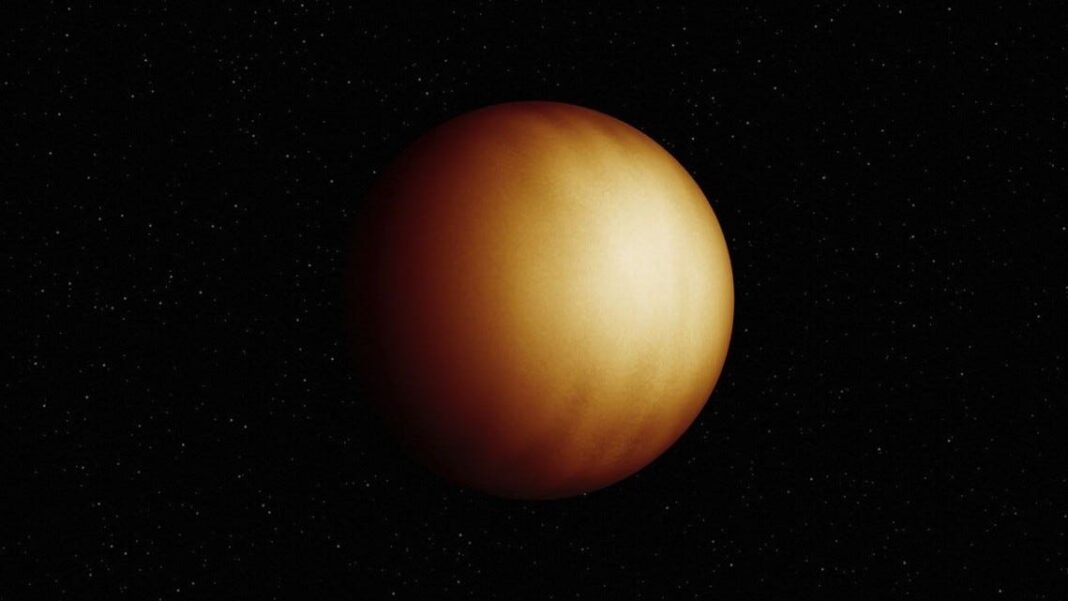Mapping New Worlds: The 3D Revelation of Exoplanets
A Groundbreaking Discovery
In a monumental leap for planetary science, astronomers have mapped a distant gas giant—the size of ten Jupiter planets—in three dimensions for the first time. This incredible achievement was made possible through data from NASA’s James Webb Space Telescope (JWST), showcasing the new possibilities for studying exoplanets beyond our solar system.
The Exoplanet: WASP-18 b
The exoplanet in question, WASP-18 b, is a captivating gas giant that has been a subject of interest since its discovery in 2009. With a mass ten times greater than Jupiter, it provides a stark contrast and offers rich data for astronomers studying the atmospheres and compositions of other worlds. The planet’s incredibly high temperatures—reaching up to 5,000 degrees Fahrenheit—and its short orbital period of just 23 hours make it an ideal candidate for intensive study.
A First in Three-Dimensional Mapping
Astronomers utilized a novel technique referred to as 3D eclipse mapping or spectroscopic eclipse mapping, an evolution of traditional two-dimensional modeling. By analyzing data from the JWST, scientists were able to generate a detailed 3D representation of WASP-18 b’s atmosphere, revealing distinct regions with varying temperatures and chemical compositions.
Typically, direct observations of exoplanets are challenging due to the overwhelming brightness of their host stars. However, this new approach allows astronomers to observe details of the exoplanet itself, providing insights that were previously unattainable.
How It Works
The researchers analyzed light data at various wavelengths collected from the Webb telescope’s near-infrared imager. This spectral analysis can be likened to the view seen through night-vision goggles, where each color corresponds to different altitudes and temperatures within the planet’s gaseous atmosphere. The resulting map highlighted key features, including a significant circular hotspot receiving the most starlight and a cooler surrounding ring.
The Cosmos Holds Secrets
As of now, the cosmic landscape has revealed over 6,000 confirmed exoplanets, but the potential for more is immense—with nearly 8,000 candidates awaiting confirmation. These findings from WASP-18 b equip researchers to extend their mapping techniques to other exoplanets, significantly expanding our understanding of distant worlds.
Implications for Future Research
This breakthrough in exoplanet mapping promises to usher in a new era of understanding. Astronomers hope to apply this 3D mapping technique to hundreds of other hot gaseous worlds, much like how astronomers have long studied the features of Jupiter. Such insights can help scientists draw parallels and contrasts between these alien atmospheres and our solar system.
Ryan Challener, an astronomer and lead author of the study, expressed excitement about what this could mean for the future: “We can start to understand exoplanets in 3D as a population, which is very exciting.”
The Findings Published
The research detailing this groundbreaking technique and its findings was published in the journal Nature Astronomy on October 28, 2025. The paper marks a pivotal moment in the field of exoplanet exploration, opening doors to answers about the composition, formation, and evolution of planets beyond our solar system.
As we move deeper into the cosmos with tools like the JWST, more enigmatic worlds await our exploration, promising secrets that will shape our understanding of the universe and our place within it.



